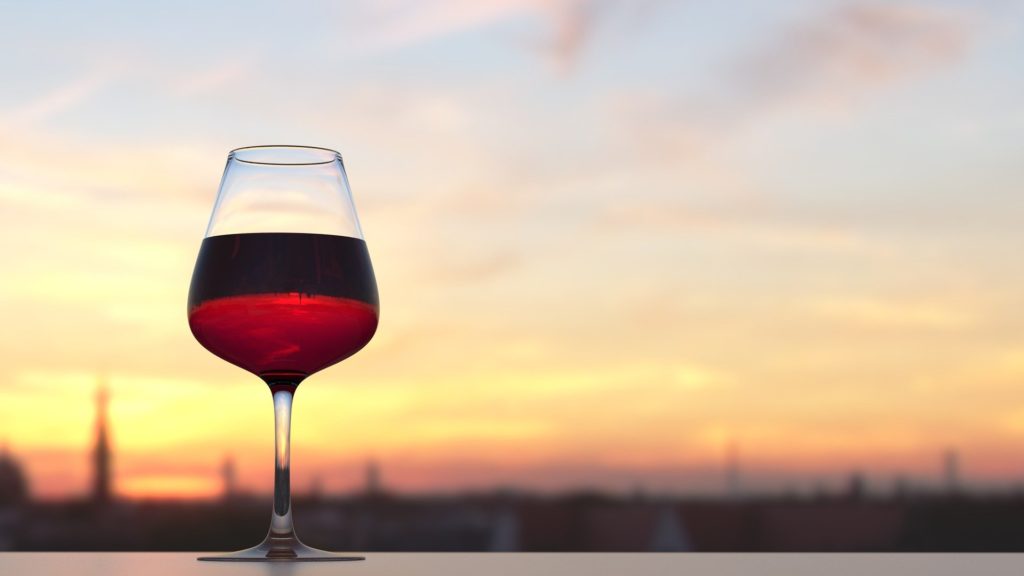Facing crops ruined by flooding and mould, a substantial lack of sunshine during key months and higher than usual amounts of rainfall, Belgian winegrowers are calling this their worst year yet.
Many viticulturists are looking at huge losses, and this year’s poor yield follows a similarly bad 2020 for many of Belgium’s growers.
“We have already lost 30 percent of the grapes,” Gerry Calders told De Standaard.
“We still can't get into a vineyard with a tractor. The excessive rain makes it like a mattress - unrideable.”
Journalists from De Standaard spoke with a number of growers about the situation.
Calders runs the Petrushoeve wine estate in Bekkevoort with his family, and their 10-hectare vineyard is facing a particularly bad year.
“On some days, 100 litres of rain fell from the sky. I've never experienced that before,” said Calders.
But even if winegrowers missed the heavy rainfall and flooding, they’re still dealing with a historic lack of sun.
July saw just over 170 hours of sunshine compared to the average of over 203 hours.
“These are ideal conditions for fungi,” Edouard Monsecour of the Stone Wall wine estate in Wezemaal told De Standaard.
“Because of the persistent rain and humid weather we had to deal with downy mildew and white disease.”
There, a third of the yield was lost, with the chardonnay grape hit hardest.
Monsecour remains optimistic, though, saying they still hope to produce 3,000 instead of 4,000 bottles this year.
Kris Van de Sompel, the general manager of Wijndomein Oud Conynsbergh in the province of Antwerp, isn’t as hopeful.
“This is our worst year so far,” Van de Sompel said. “We already have a 20 percent reduction in yield. If it continues like this, we'll end up with 50 percent.”
Six months are very important for viticulture, Van de Sompel explained. If April, May and July are substandard, then it is very difficult to have another good year.
Last year, Oud Conynsbergh lost 35 percent of its yield to a hailstorm.
The year before, they lost 20 percent due to fungi.
But spraying for fungi wasn’t enough to cope with weather conditions this year.
“The leaves never had a chance to dry. Spraying then makes little difference,” said Lodewijk Waes, chairman of the vzw Belgische Wijnbouwers, himself active on the Waes wine estate in Zwijnaarde.
He emphasised that it is not simply a Flemish story.
“We get the same signals from Luxembourg or Germany. Some estates in Burgundy are not even going to harvest this year,” Lodewijk said.
His losses are minimal this year at around 10 percent, mostly affecting the classic varieties. Other varieties are more resistant to fungi.
“It's a very challenging year,” agreed Martin Bacquaert of Entre-Deux-Monts, who with 18 hectares has the largest wine domain in West Flanders.
He expects to harvest 20 to 30 percent fewer grapes than normal.
“That's not only because of fungi,” he said.
“The flowering also didn't go so well. And because of the heavy rainfall we couldn't always reach the hilly vineyard and everything grew much faster. We had to cut more weeds and prune more.”
Some vineyards have fared better. When it comes to sparkling wine, for example, the sourness of the grape is more important than the sweetness.
“We are just about to have a good harvest, with even more grapes than last year,” said Jos Vanlaer of Kluisberg, who has 7 hectares of vines.
The disappointing weather conditions are a wake-up call for many Belgian wine growers, Vanlaer says.
“We have been spoiled in recent years. For many wine growers, this will be the first time that it's not hot and dry,” he said.
“Everything depends on nature. Nature has the last word.”
The next two months are likely to be critical: more sunshine is needed in order to save many yields.
“Everything depends on the weather in the next six weeks,” said Calders from Petrushoeve.
“If that does not change, we are heading for a very sad year.”
The Brussels Times

